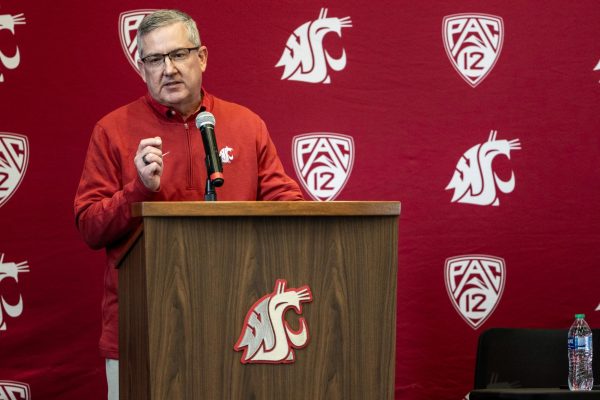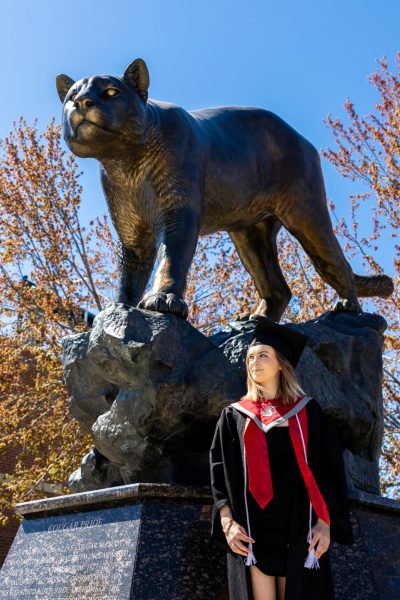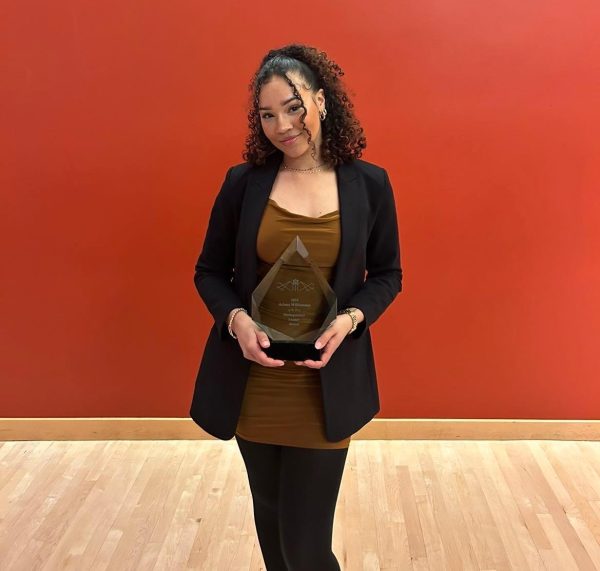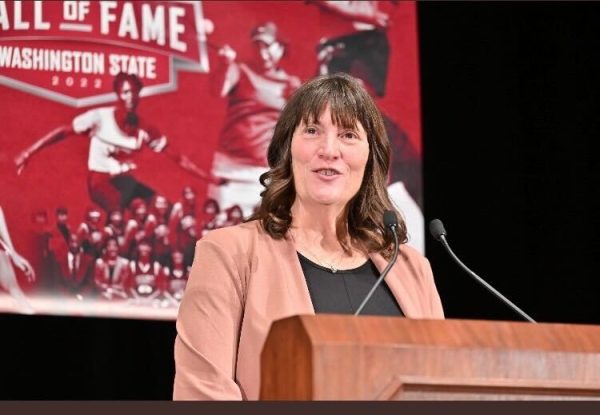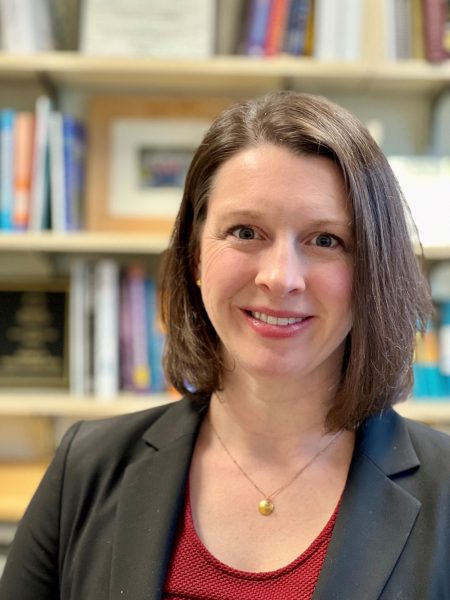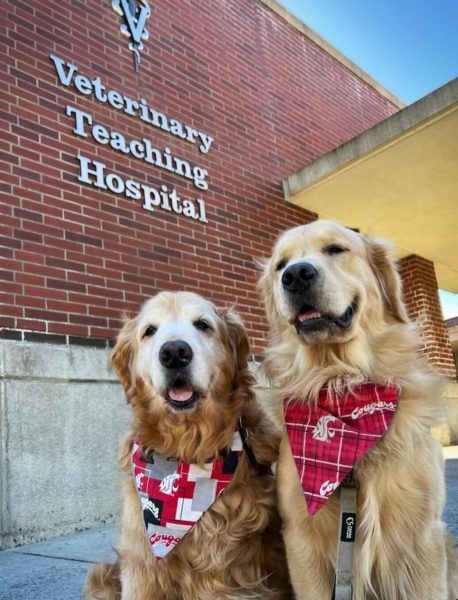Researchers study past climates
January 13, 2017
A WSU research group has undergone the challenge of organizing a century’s worth of archaeological data about past climates and environments.
The group has set out to compile the paleoclimate and paleoenvironmental research done by other archaeologists in a way that helps to better explain why past societies lived the way they did.
“Was it a change in the resources available to them, or was it a change in the social dynamic that caused the changes we see,” regents’ professor of anthropology, Tim Kohler said. “Our primary responsibility is understanding why cultures change in history. To do that, we get dragged into trying to reconstruct paleoenvironmental change that is driven by climatic change.”
The research group’s article takes paleoenvironmental information from other researchers and explains their effect on past societies in detail. The group submitted their article to a highly prestigious scientific journal called Proceedings of the National Academy of Sciences of the United States, Kohler said.
“When we look at Pueblo societies in the Northern Southwest, they really relied on corn,” Kohler said. “Something like 80 percent of their calories came from corn, so that means that they pretty much have to grow corn. So if we study where they grow corn, we can try to explain movements in those societies based on changes in the areas where people grew crops.”
The researchers are now working on a project to differentiate what happens on various land masses, such as the East Asia, Europe and the American Southwest. They make maps from 1 A.D. through the present where they locate fertile areas, such as the maize dry farming area in the Southwest.
“Archaeologists have been excavating for over one hundred years, so we have a lot of data, but it’s harder to organize,” a former archaeology graduate student who worked in the research group, Stefani Crabtree said.
Another project, called Scope, allows users to point out a spot on a map and find information collected by various databases about the paleoclimate of that area throughout history. Scope currently displays information about the American Southwest, but Kohler said he hopes to expand the map to encompass more information about more areas of the world.
“I am really happy that we have made so much progress on this issue,” Kohler said, “because archaeologists have essentially been butting their heads against these questions for a hundred years.”
The archaeology field is moving toward the use of computerized data, and Kohler is a leader in the digital approaches, Crabtree said.
“Digital archaeology is the future of archaeology,” Crabtree said. “WSU is at the forefront, and Tim Kohler is at the forefront.”







